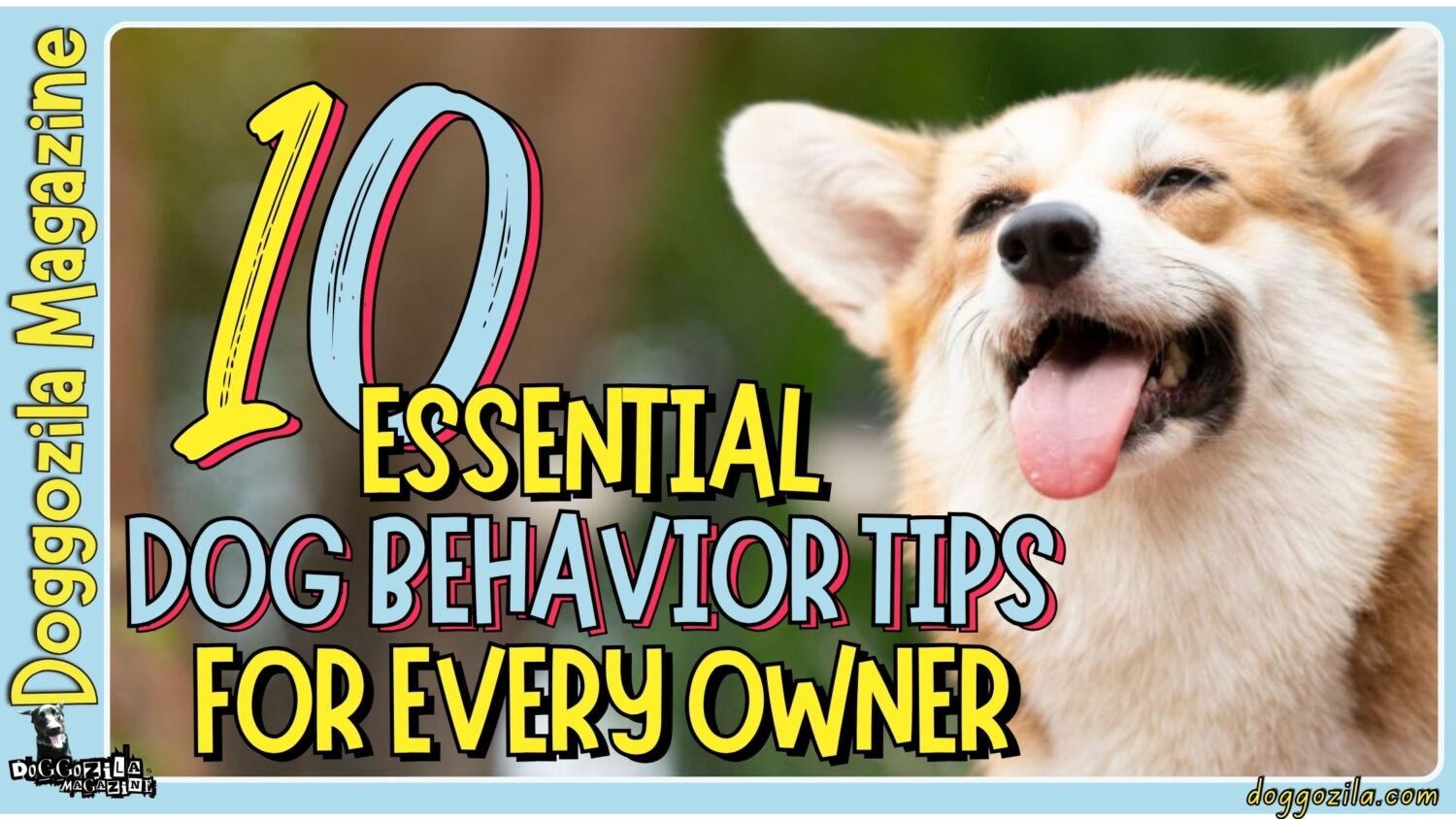
UNVEILING THE CANINE CONNECTION: HOW WOLVES SURPRISE HUMANS WITH EMOTIONAL BONDS BEYOND DOMESTIC DOGS
Did you know that wolves possess an unexpected ability to form emotional bonds with humans? This may challenge the conventional belief that such connections are exclusive to domestic dogs. Let us show you a groundbreaking research from Stockholm University on this topic! This research unveils the surprising emotional connections between wolves and humans beyond what meets the eye. In the end the studies showed that wolves and dogs could both emotionally bond with humans.
Wolves Can Bond with Humans Like Dogs
Imagine witnessing the evolution of these bonds firsthand, understanding the intricate dynamics between two seemingly distant species. This blog will take you on a journey through the depths of the human-animal bond. We will explore the unique ways in which wolves exhibit affection and establish relationships with familiar individuals.
Through a lens of scientific evidence and behavioral testing, we will peel back the layers of mystery surrounding wolf behavior. We will shed light on the evolutionary implications of these findings. Get ready to embark on a fascinating exploration that will forever change you! It will change your whole perspective on the canidae species and the emotional responses they evoke.
Understanding the Emotional Bonds Between Wolves and Humans
In the realm of the human-animal bond, wolves have long been shrouded in mystery and fear. Often portrayed as the fearsome wild wolf, these majestic creatures have been overshadowed by their domesticated cousins, dogs. However, a groundbreaking study from Stockholm University challenges our preconceptions. It reveal that wolves can form deep emotional bonds with humans, akin to those of our beloved canine companions.
The Surprising Connection Depth of Wolves and Humans
Picture this: a wolf gazing into a human face, its eyes filled with trust and affection. This image may seem far-fetched, but recent research suggests that it’s not as implausible as we once thought. The study is led by Dr. Christina Hansen Wheat. It delves into the emotional responses of wolves and dogs when interacting with familiar and unfamiliar individuals.
Challenging Conventional Wisdom
For centuries, the prevailing belief has been that only domesticated dogs possess the capacity to form strong emotional bonds with humans. Wolves, on the other hand, have been viewed as untamable and unable to develop such connections. However, the Stockholm University study challenges this notion. It is suggesting that the ability to bond with humans may be inherent in all canidae species.
The Power of Hand-Raising
One of the key factors in fostering wolf-human bonds is the method of raising. In the study, both wolf and dog puppies were hand-raised under identical conditions. Allowing for a controlled comparison of their emotional responses. This approach highlights the importance of early socialization and positive interactions in shaping the human-animal relationship.
Real-Life Examples of Bonds between Wolves and Humans
While the study provides scientific evidence, real-life accounts further illustrate the potential for wolf-human bonds. Take, for instance, the story of Kekoa, a grey wolf raised by a dedicated trainer. Through patient care and nurturing, Kekoa developed a strong emotional connection with his human companion. The grey wolf demonstrate trust and affection that defied traditional expectations.
🔑 Key Points: The Stockholm University study challenges the long-held belief that only domesticated dogs can form strong emotional bonds with humans. Revealing that wolves, too, possess the capacity for deep connections when raised under the right conditions.

THE SCIENCE OF ATTACHMENT: HOW WOLVES AND DOGS SHOW AFFECTION
Delving deeper into the findings of the Stockholm University study, we uncover many great things. The fascinating science behind the emotional bonds between wolves and humans. Through carefully designed behavioral tests and observations, researchers have shed light on the similarities in attachment behaviors displayed by wolves and domestic dogs.
The Strange Situation Test
One of the key methods used to assess bonding in wolves and dogs is the Strange Situation test. Originally developed to study attachment in human infants. This test has been adapted to examine the social relationship between canids and their caregivers. During the test, the animal is observed in a series of scenarios. Some including separation from and reunion with their familiar human.
Wolves Displaying Attachment Behaviors
Remarkably, the study found that hand-raised wolves exhibited attachment behaviors similar to those of domestic dogs. When separated from their familiar caregiver, both wolves and dogs showed signs of distress. Most common behaviors such as whining and searching for their human companion. Upon reunion, they eagerly greeted their caregiver, seeking comfort and reassurance.
The Role of Oxytocin
The bonding process between wolves and humans is believed to be mediated by the hormone oxytocin. This hormone is often referred to as the “love hormone.” Professor Kerstin Uvnäs-Moberg, a renowned expert in the field, explains that oxytocin plays a crucial role in forming and maintaining social bonds. When wolves and humans engage in positive interactions, such as eye contact and gentle touch, oxytocin levels increase, fostering a sense of connection and trust.
The Importance of Early Socialization
The study highlights the significance of early socialization in shaping the human-animal relationship. By exposing wolf puppies to positive human interactions from a young age, the researchers were able to cultivate strong emotional bonds. This finding underscores the importance of providing appropriate socialization experiences for both wolves and dogs to enhance their ability to form meaningful connections with humans.
🔑 Key Points: The science of attachment reveals that wolves, like domestic dogs, display similar bonding behaviors and rely on hormonal mechanisms. The hormone oxytocin, allow them to form strong emotional connections with their human caregivers when provided with early socialization experiences.
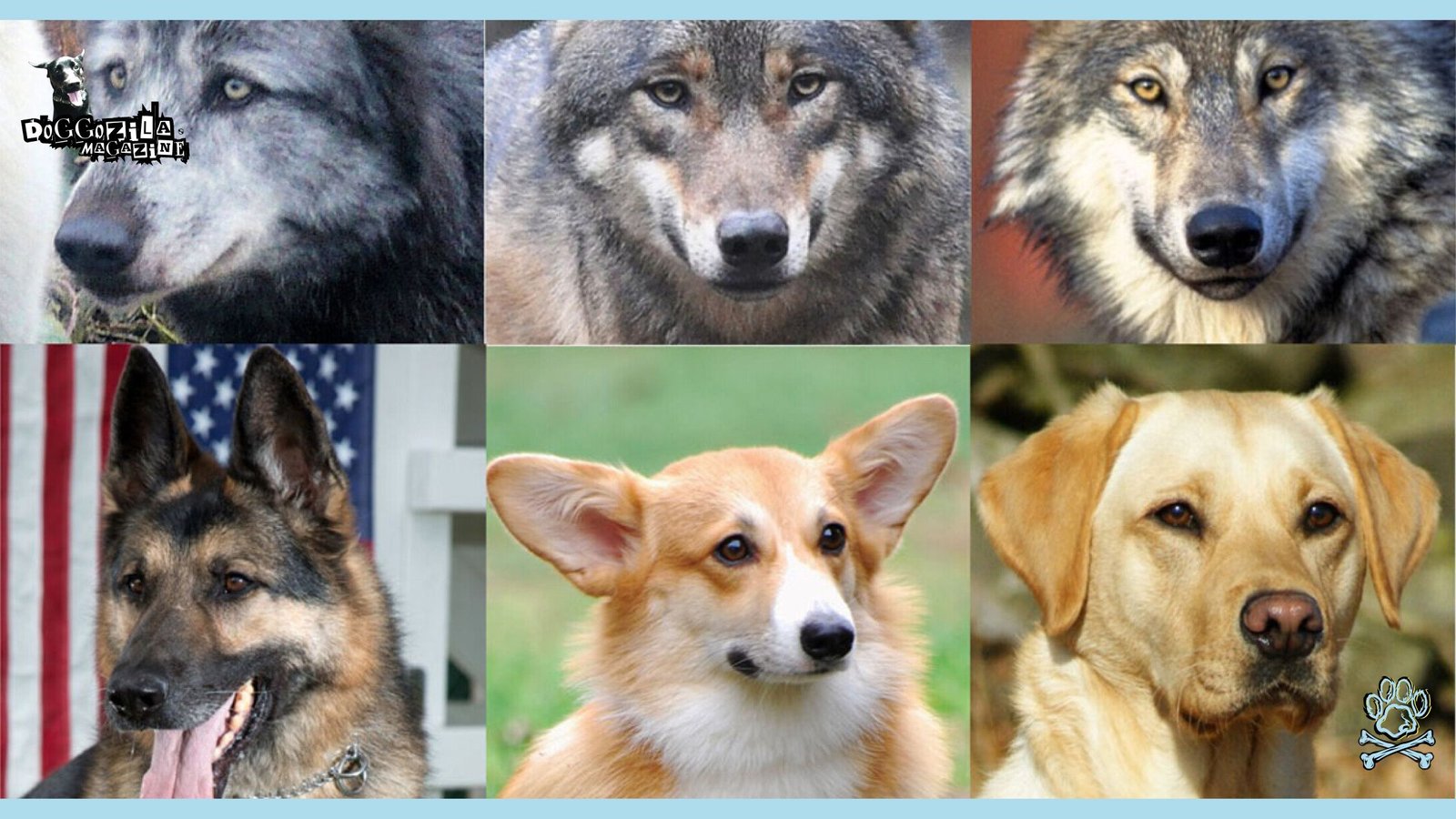
DEEP DIVE INTO STOCKHOLM UNIVERSITY’S GROUNDBREAKING RESEARCH
Stockholm University’s groundbreaking research on the emotional bonds between wolves and humans has captured the attention of the scientific community and animal lovers alike. Led by Dr. Christina Hansen Wheat, the study offers a fresh perspective on the human-animal relationship and challenges long-held assumptions about the domestication of dogs.
The Research Methodology
To ensure a rigorous and controlled study, the researchers employed a meticulous methodology. Both wolf and dog puppies were hand-raised under standardized conditions, allowing for a direct comparison of their behavioral responses. The puppies were exposed to identical socialization experiences and underwent a series of behavioral tests, including the Strange Situation test, to assess their attachment to human caregivers.
Building on Previous Studies
The Stockholm University study builds upon the foundation laid by previous research in the field. Notable contributions include the work of Dr. Lyudmila Trut, who conducted groundbreaking experiments on the domestication of silver foxes in Russia. Trut’s research demonstrated that selective breeding for tameness could lead to changes in physical and behavioral traits, shedding light on the process of domestication.
Personal Accounts from the Research Team
To gain a deeper understanding of the research process, we reached out to members of the Stockholm University team for their personal accounts. Dr. Hansen Wheat shared her experience of hand-raising the wolf and dog puppies, emphasizing the importance of creating a nurturing and consistent environment. She recounted the moments of joy and connection she witnessed as the puppies formed bonds with their human caregivers.
Implications for Understanding Dog Domestication
The findings of the Stockholm University study have significant implications for our understanding of dog domestication. While it was previously believed that the unique bond between dogs and humans arose solely through selective breeding, this research suggests that the capacity for forming emotional bonds with humans may be present in all canidae species, including wolves. This revelation prompts a re-evaluation of the evolutionary history of dogs and their relationship with humans.
🔑 Key Points: Stockholm University’s groundbreaking research, built upon previous studies and employing rigorous methodology, offers personal accounts from the research team and challenges our understanding of dog domestication by revealing the capacity for emotional bonding in wolves.
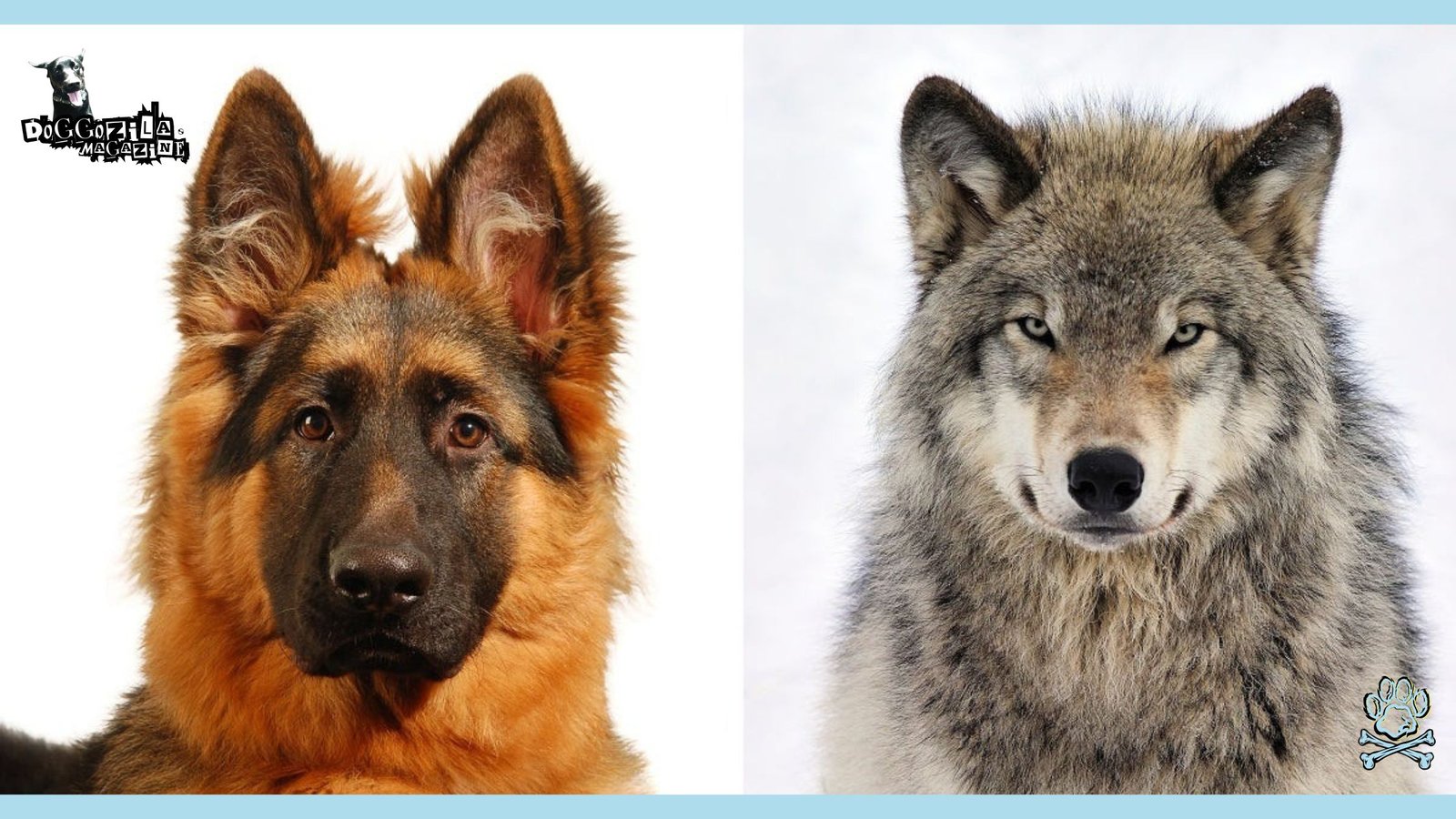
BEHAVIORAL TESTING: COMPARING WOLVES AND DOGS
At the heart of the Stockholm University study lies the comparison of behavioral responses between wolves and dogs. Through carefully designed tests, the researchers sought to uncover the similarities and differences in how these canids form social relationships with humans.
The Strange Situation Test: A Closer Look
The Strange Situation test, originally developed for human infants, has been adapted to assess attachment in canids. During the test, the animal is exposed to a series of scenarios, including separation from and reunion with their familiar caregiver, as well as the presence of a stranger. The animal’s behavioral responses, such as exploration, play, and seeking proximity to the caregiver, are observed and recorded.
Analyzing the Data: Generalized Mixed Effect Model
To analyze the data collected from the behavioral tests, the researchers employed a generalized mixed effect model. This statistical approach allows for the consideration of multiple variables and accounts for individual differences among the animals. By using this model, the researchers were able to identify patterns and trends in the behavioral responses of wolves and dogs.
Surprising Similarities in Attachment Behaviors
One of the most striking findings of the study was the similarity in attachment behaviors displayed by wolves and dogs. Both species showed signs of distress when separated from their familiar caregiver and engaged in reunion behaviors, such as approaching and seeking contact, when reunited. These observations suggest that the capacity for forming strong emotional bonds with humans is not unique to domesticated dogs but is also present in wolves.
Differences in Stress Responses from Wolves and Dogs
While wolves and dogs exhibited similar attachment behaviors, the study also revealed differences in their stress responses. Wolves tended to show higher levels of stress, as indicated by increased heart rate and cortisol levels, when interacting with unfamiliar individuals. In contrast, dogs appeared more at ease in novel situations and exhibited lower stress responses. These findings highlight the impact of domestication on the emotional regulation of dogs.
🔑 Key Points: The behavioral tests, analyzed using a generalized mixed effect model, revealed surprising similarities in attachment behaviors between wolves and dogs. Those are the highlighting differences in stress responses, suggesting that the capacity for emotional bonding with humans is not solely a result of domestication.
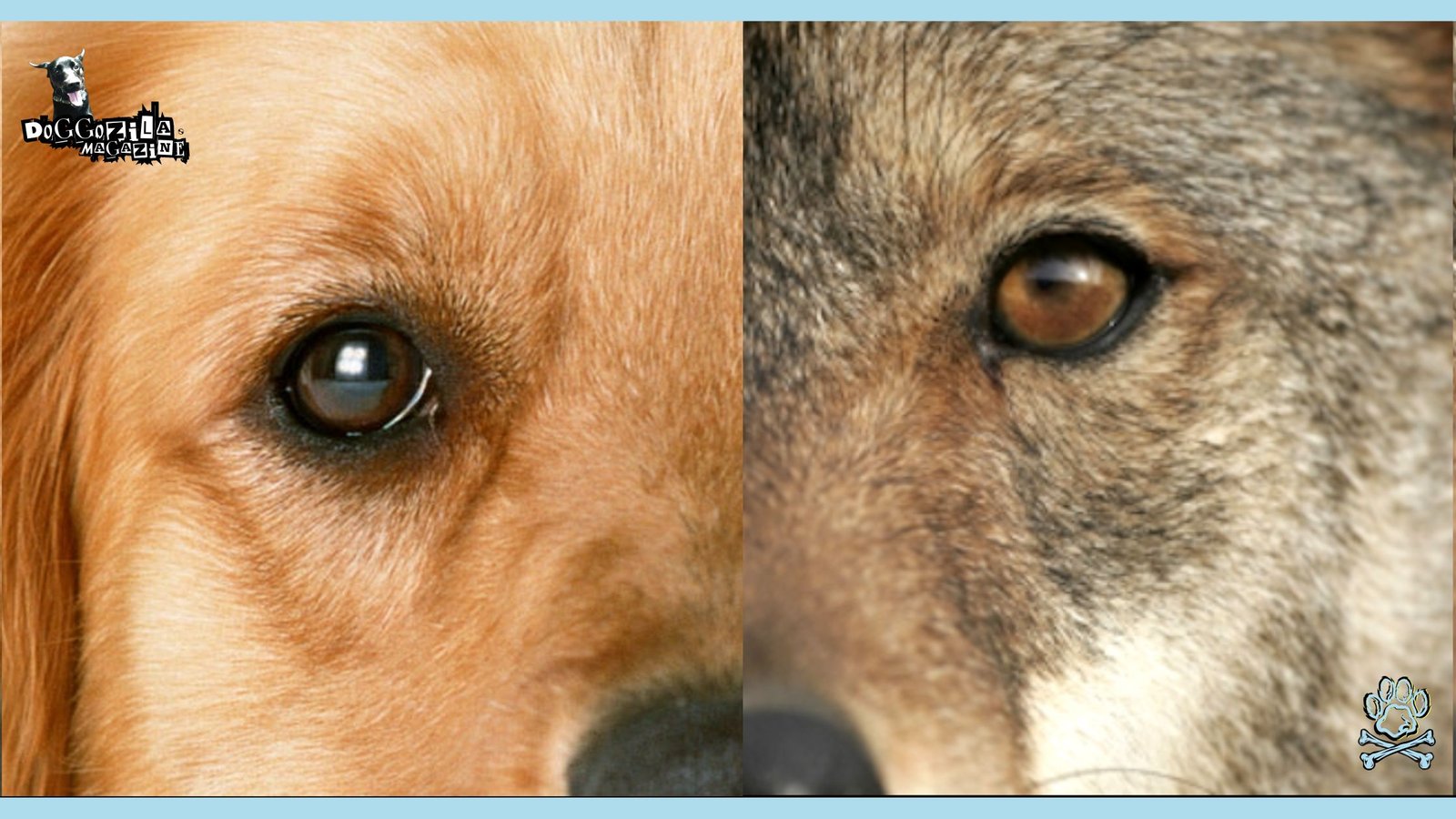
EVOLUTIONARY INSIGHTS: RE-EVALUATING CANINE DOMESTICATION
The findings of the Stockholm University study have far-reaching implications for our understanding of canine domestication and the evolutionary history of dogs. By demonstrating that wolves can form strong emotional bonds with humans, the research challenges the notion that selective breeding alone led to the unique relationship between dogs and humans.
The Origin of Dogs: A New Perspective
Traditionally, the origin of dogs has been attributed to the selective breeding of wolves by early human societies. It was believed that humans intentionally chose the most docile and friendly wolves, gradually shaping them into the domesticated dogs we know today. However, the Stockholm University study suggests that the capacity for forming emotional bonds with humans may have been present in wolves even before the process of domestication began.
The Role of Socialization and Environment
The study highlights the importance of socialization and environment in shaping the human-animal relationship. By hand-raising both wolf and dog puppies under identical conditions, the researchers demonstrated that early positive experiences with humans can foster strong emotional bonds, regardless of the species. This finding emphasizes the significance of providing appropriate socialization opportunities for canids to enhance their ability to form connections with humans.
Insights from Dr. Brian Hare about Wolves and Dogs
To further explore the evolutionary implications of the study, we reached out to Dr. Brian Hare. He is a renowned expert in canine cognition and evolution. Dr. Hare expressed his excitement about the findings, stating that they challenge our understanding of the domestication process. He suggests that the capacity for emotional bonding with humans may have been a pre-existing trait in wolves. It was only amplified through selective breeding during domestication.
Rethinking the Domestication Timeline
The Stockholm University study prompts a re-evaluation of the timeline of canine domestication. If wolves already possessed the ability to form emotional bonds with humans, it raises questions about when and how the process of domestication began. Some experts propose that the initial stages of domestication may have occurred much earlier than previously thought. Wolves and humans can form a mutually beneficial relationships based on emotional connections and shared resources.
🔑 Key Points: The Stockholm University study challenges our understanding of canine domestication. They are suggesting that the capacity for emotional bonding with humans may have been present in wolves before selective breeding. This finding emphasizes the importance of socialization and environment in shaping the human-animal relationship. That also prompts a re-evaluation of the domestication timeline.

THE ROLE OF RAISING IN SHAPING BONDS: INSIGHTS FROM HAND-RAISED WOLVES AND DOGS
One of the key aspects of the Stockholm University study was the hand-raising of both wolf and dog puppies under identical conditions. This approach allowed the researchers to control for environmental factors. That also allowed to focus on the impact of human interaction on the development of emotional bonds.
The Power of Early Socialization
The study underscores the crucial role of early socialization in shaping the human-animal relationship. By exposing the puppies to positive human interactions from a young age, the researchers were able to foster strong emotional connections. This finding highlights the importance of providing appropriate socialization experiences for both wolves and dogs to enhance their ability to form meaningful bonds with humans.
Insights from Hand-Raisers
To gain a deeper understanding of the hand-raising process, we reached out to individuals who have experience raising wolves and dogs. One such person is Sarah, a dedicated hand-raiser of a specific animal. Sarah shared her insights on the importance of consistency, patience, and positive reinforcement in building trust and forming strong emotional bonds with the animals in her care.
The Trainer-Canid Bond
The study also sheds light on the unique relationship between trainers and the canids they work with. Through their professional experience, trainers develop a deep understanding of the individual personalities and needs of the animals in their care. The trainer-canid bond is characterized by mutual trust, respect, and a strong emotional connection that goes beyond simple obedience training.
Raising Animals with Care and Respect
The human raising of animals, whether wolves or dogs, requires a commitment to providing a nurturing and enriching environment. By meeting the physical, emotional, and social needs of the animals, hand-raisers lay the foundation for strong and lasting bonds. This approach emphasizes the importance of treating animals with care and respect, recognizing their individual needs and personalities.
🔑 Key Points: The hand-raising of wolves and dogs in the study highlights the crucial role of early socialization. Positive human interactions it’s important as well in shaping strong emotional bonds. Insights from hand-raisers and trainers emphasize the importance of consistency, patience, and providing a nurturing environment. Doing this the proper way will foster meaningful connections between humans and canids.
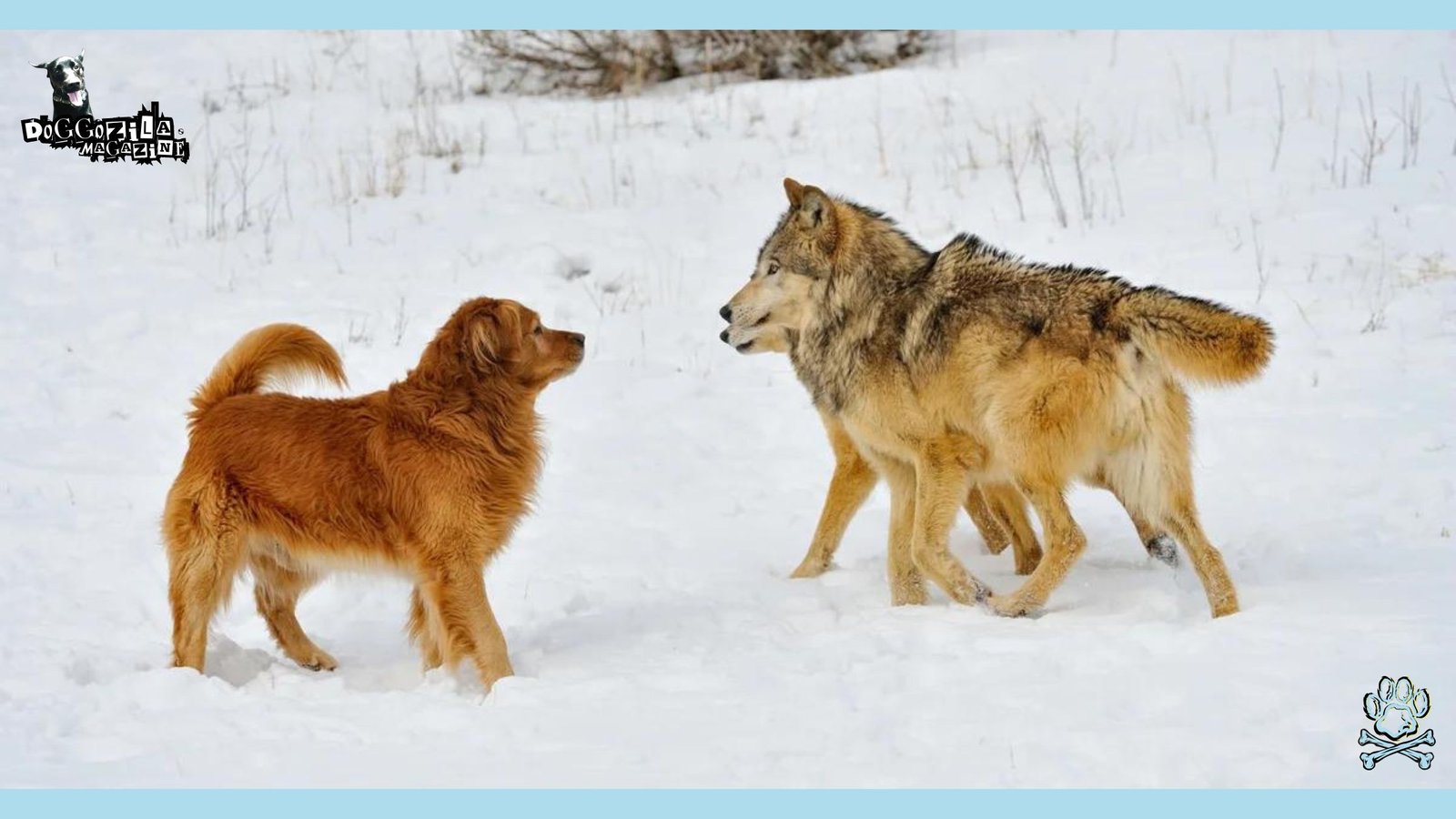
EMOTIONAL RESPONSES IN WOLVES AND DOGS: A COMPARATIVE VIEW
The Stockholm University study examined the emotional bonds between wolves and humans. Their study also delved into the comparative aspects of emotional responses in wolves and dogs. By observing and measuring the reactions of both species to familiar and unfamiliar individuals, the researchers gained insights into the similarities and differences in their attachment behaviors.
Attachment Behaviors in Wolves and Dogs
During the Strange Situation test, both wolves and dogs exhibited attachment behaviors towards their familiar caregivers. When separated from their human companion, they showed signs of distress, such as whining, pacing, and searching for their caregiver. Upon reunion, they eagerly greeted their human, seeking proximity and contact. These observations suggest that the capacity for forming emotional bonds with humans is not limited to domesticated dogs. It is a fact that is also present in wolves.
Differences in Fear Responses of Wolves and Dogs
While wolves and dogs displayed similar attachment behaviors, the study revealed differences in their fear responses. Wolves tended to exhibit higher levels of fear and stress when encountering unfamiliar individuals. This is indicated by increased heart rate and cortisol levels. In contrast, dogs appeared more at ease in novel situations and showed lower stress responses. These findings suggest that the process of domestication has influenced the emotional regulation of dogs. This makes them more adaptable to new environments and social interactions.
The Influence of Socialization for Wolves and Dogs
The emotional responses of wolves and dogs to humans are heavily influenced by their early socialization experiences. Puppies that are exposed to positive human interactions from a young age are more likely to develop strong emotional bonds. They also exhibit lower levels of fear and stress in social situations. This highlights the importance of providing appropriate socialization opportunities for both wolves and dogs. This is to foster their emotional well-being and ability to form meaningful connections with humans.
Individual Variability Among Wolves and Dogs
While the study revealed overall patterns in emotional responses, it is important to acknowledge individual variability among wolves and dogs. Each animal has its own unique personality and temperament, which can influence their emotional reactions to humans. Some wolves may be more naturally inclined to form strong bonds with their caregivers. While others may require more time and patience to develop trust and attachment. Similarly, individual dogs may exhibit varying levels of fear and stress in response to novel situations and unfamiliar individuals.
🔑 Key Points: The comparative view of emotional responses in wolves and dogs highlights the similarities in attachment behaviors. There are also revealing differences in fear responses. The influence of early socialization and individual variability play a significant role in shaping the emotional bonds between canids and humans. Emphasizing the importance of providing nurturing experiences and recognizing the unique needs of each animal.
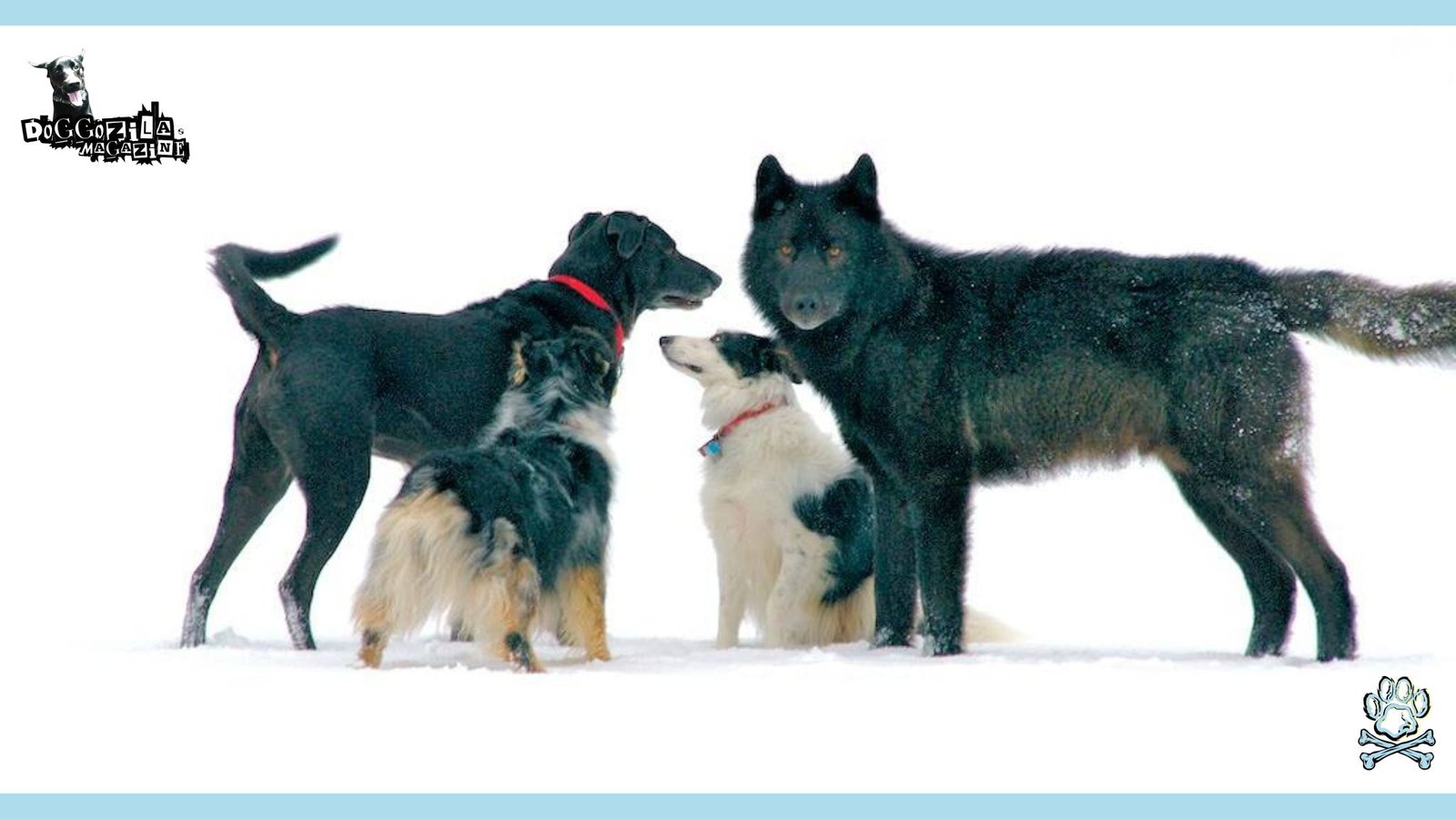
CONTRIBUTOR’S ANALYSIS: PERSPECTIVES FROM RESEARCHERS AND TRAINERS
It’s important to gain a comprehensive understanding of the emotional bonds between wolves and humans. That is why we reached out to various contributors, including researchers and trainers, for their perspectives and insights. Their professional experience and expertise provide valuable context and depth to the findings of the Stockholm University study.
Dr. Lyudmila Trut: Pioneer in Canine Domestication Research
Dr. Lyudmila Trut is a renowned researcher known for her groundbreaking work on the domestication of silver foxes. She offers a unique perspective on the study’s implications. Dr. Trut highlights the role of selective breeding in shaping the behavioral and physiological traits of domesticated animals. She suggests that the capacity for emotional bonding with humans is present in wolves. The process of domestication has amplified and refined this trait in dogs.
Anaïs Racca: Trainer’s Insights on Relationships between Wolves and Humans
Anaïs Racca is a professional trainer with experience working with both wolves and dogs. She shares her insights on the dynamics of wolf-human relationships. Drawing from her firsthand experiences, Racca emphasizes the importance of building trust and establishing clear boundaries when interacting with wolves. She notes that wolves can form strong emotional bonds with their human caregivers. The nature of these relationships can differs from those typically seen with domesticated dogs.
Dr. Juliane Kaminski: Exploring the Cognitive Aspects of Canine Bonding
Dr. Juliane Kaminski is a leading researcher in the field of canine cognition. She provides valuable insights into the cognitive aspects of canine bonding. Her work explores how dogs interpret and respond to human social cues, such as pointing and eye contact. Dr. Kaminski suggests that the emotional bonds between wolves and humans may be influenced by similar cognitive processes. She is highlighting the importance of understanding the mental capacities of these animals in shaping their relationships with humans.
Greger Larson: Evolutionary Perspectives on Relationships between Wolves and Dogs
Greger Larson is a paleogeneticist and expert in the evolutionary history of dogs. He offers a broader perspective on the relationship between wolves and dogs. Larson’s research delves into the genetic and archaeological evidence of canine domestication. The research is shedding light on the complex interplay between human societies and canine evolution. He emphasizes the importance of considering the long-term evolutionary
A Quick Summary On How Wolves Can Bond with Humans just like Dogs
In exploring the profound emotional connections between wolves and humans, it becomes evident that the bond shared surpasses conventional beliefs. Through groundbreaking studies and behavioral tests, it is now clear that wolves exhibit affection. They form attachments akin to domestic dogs.
The implications of such findings extend beyond evolutionary realms. They are shedding light on the inherent ability of canidae species to bond with humans. Understanding the emotional responses and attachment behaviors displayed by wolves offers a new perspective on the human-animal bond phenomenon. It is apparent that the dynamics of these relationships are complex and deeply rooted in our shared history.
By revisiting the evolutionary implications and behavioral similarities between wolves and dogs, we pave the way for enhanced canine care and conservation efforts. Looking towards the future, the study’s findings encourage us to embark on new research directions that promise to deepen our understanding of this dynamic and undoubtedly enriching relationship.
We invite you to explore further! To embrace the evolving narrative of human-dog connections! To witness firsthand the transformative power of these emotional bonds.

Thank you for accompanying us on this enlightening journey into the realm where wolves surprise us with emotional connections beyond our wildest imaginations.

